THE ART OF DRAWING STORIES
LUXUS PLUS : RENDEZVOUS WITH THE ARTISTS
KEITH MAJOR : ARTISTIC & COMMERCIAL PHOTOGRAPHER
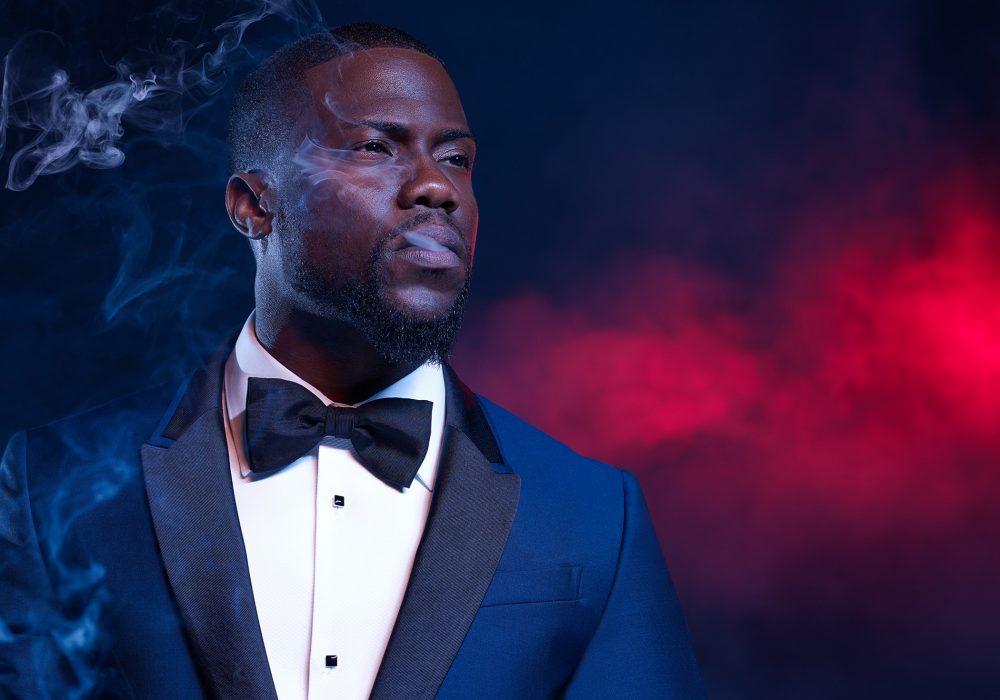
With more than 30 years of experience and a roster of A-list clients including Sony Music, Colgate-Palmolive, Essence and Cosmopolitan, Keith Major is now one of New York’s most productive commercial photographers. Optimist at heart, lover of the Arts and humanity, he uses all his creative skill to sublimate beauty through fashion, portraits, advertises and even music. Today, he talks to us about his career and his vision of photography.
My professional journey began after college. Even before, when I was a child of twelve years old and I wanted to be an artist. I went to the Brooklyn Museum and Pratt Institute to learn photography after school and on the weekends. I also went to the High School of Art and Design in Manhattan. And after High School, in college for photography, at the Rochester Institute of Technology, which at that time was still shooting film.
My professional career began when I was an assistant to a photographer. And I felt I learned more in one week than I did in four years of college. You learn a lot alongside a professional and you see how she or he evolves in a professional setting. After a year of assistance, I took a job in a photo studio, doing my own testing after work hours and on weekends. My plan was to build on my experience until I was fired because I was too busy doing my own business or I quit because of it. I was able to quit but stay on, renting the office and studio I used with the former employer. Along the way, I met and worked with other creatives, make-up artists, stylists, musicians… and over time I have photographed more and more, the projects getting more and more prestigious year by year. With some 30 years of experience, I still feel I am learning and growing. I have actually started teaching photography in high school and by teaching I am learning just as much from my students. As a creative person, there is never an end to your growth. Combined with the experience you have, you grow if you try to stay young, fresh and innovative.
WHAT DO YOU DO TO STAY INNOVATIVE?
I pay attention to everything in the arts because I love them. And so, I am inspired by film, music, dance and other photography of course… I use these inspirations in my work. Also, I shoot a lot for myself, just because I enjoy taking photos. It allows me to show some new work to my clients and be inspired by what I do for fun. A lot of professional work can be challenging creatively because clients are concerned with selling products and often not with being creative. I think because I spend time doing creative shoots on my own, I have a better attitude and I am better prepared to shoot at work, even for the sessions that seem less creative. Because I’ve already satisfied my creative needs, I gladly take the challenge to interpret anything they need or they want. I have also learned a lot by photographing models and I can apply these techniques to other work. Fashion and beauty photography are more a playground where I can have fun and experiment and then, when I do advertise or portraits, I can borrow from what I have done in the playground.
WHAT ARE YOUR APPROACH, YOUR TECHNIQUE, VISION & STYLE?
My approach to photography starts with my desire to create images and share them with the subjects I photograph and with the world at large. I deliberately and lovingly pay attention to the arts. I am inspired by what I see and what I experience. And I spend a lot of time on my computer collecting images. I have many folders of images I’ve researched. As I gaze, and when it fits, I incorporate the messages I receive from what I see, feel and experience into my work. That’s the macro view. For the most specific approach, when I am given an assignment or I am creating personal work, I consider all that I think best fits the subject and I execute it accordingly.
I leave the questions about my style and my vision to the viewer. I would say that my technique is about clarity. I like to create images that are deliberate in their composition and focus. Also, regarding my technique, I prefer portraits that flatter the subject. I choose lenses and lighting with that mind. I see people at their best everyday with the naked eye. Everyone. It’s a gift. I just try to use the tools of photography to capture what the universe has given me. I try to express beauty. That you are beautiful, that we are all attractive in our own way. This celebration of beauty is joy, which is a characteristic of love. I hope that humanity embraces love and elevates socially.
WHAT ARE THE REALISATIONS YOU ARE THE PROUDEST OF?
I am very proud of the Iris Apfel session because the photo I shared was integrated into her biographic art book and the cover illustration was inspired by another of my photos from that same session. I am also proud of my photo of Kevin Hart that he still uses as his Instagram Avatar.
I may be most proud of an assignment I did years ago for EBONY magazine. I was asked to recreate Iconic Covers from their history of actors and dignitaries with current celebrities as the subjects. Just to be asked to do that is a compliment, it speaks to the belief in my skill set in the marketplace. And in a kind of way, it isn’t just about the fact I can do my work and show my skill, but my family can also appreciate it. My old aunts and uncles who see and read this magazine can relate to it. They can relate to stars who came from past when they can’t do it with my other fashion and celebrity work.
YOU SHOOT FOR DIFFERENT FIELDS. CAN YOU TALK MORE ABOUT THEIRS EXPECTATIONS AND HOW YOU ANSWER TO THEIRS NEEDS?
I photograph in a variety of genres, environmental or corporate portraits, fashion, beauty, celebrities, musicians. By now I have a long history and track record. My clients and colleagues expect professionalism and excellence. I always pay attention to the best way to make as many people as possible happy with the outcome. The research I do on my time, my attention to the arts, the self-appointed sessions with models are important. It’s a creative lifestyle that allows me to be prepared for the work at hand and because I do my own thing on my time, my clients are not burdened with some tries to explore and create something that does not suit them.
What brands want – what their expectation are – is a very unique question now because media has changed. If you had asked me this question in 1998, I could have told you: “the record company likes to have 6 to 8 different shots. They like to have something for the packaging, for the publicity, for the live performances…” But now, all of us are still finding our way. Basically, what they asking for is as much content as you can give. Because social media moves so fast, you are asked to do more and more photographs and do them at a much faster pace, as fast as possible. So, these days it’s often: “ Give us as much as you can and can you shoot videos too.”.
We are on the precipice of a huge shift. It’s so much different than when I began to shoot for magazines.

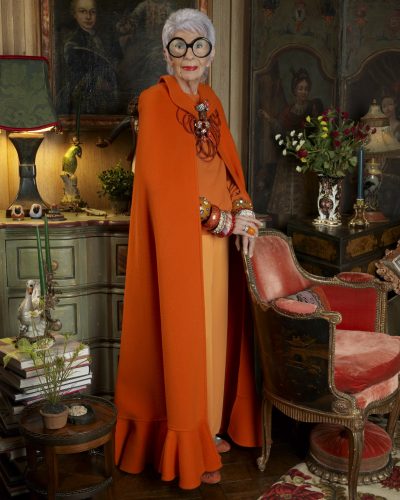
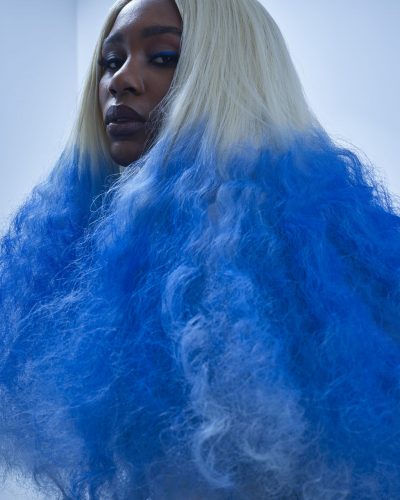
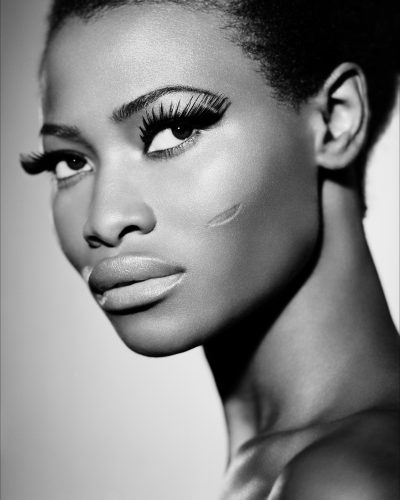
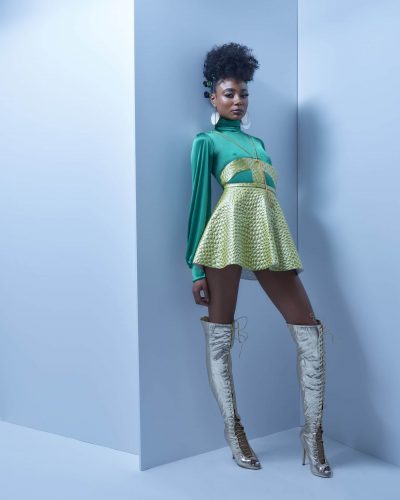
IN YOUR PROFESSIONAL PROJECTS, CAN YOU BRING A PERSONAL VISION TO CLIENT REQUESTS? IF SO, HOW DO YOU BRING IT?
Yes, of course. For example, once a director of a company I worked with on a shoot wanted a very aggressive wild angle look that I didn’t agree with. While he showed me his mood board, I felt it would be completely unflattering to the fashion line because the angles were very aggressive and you couldn’t really appreciate the details and textures in his garments. I showed him an alternative he wasn’t quite sure of so we met in the middle. When we were shooting, he began to see that my suggestion was the most complimentary. We did some extreme angles but not as much as he originally wanted.
I guess what I am saying is when I got the job and he showed me what he wanted, I felt it would be less professional to just say “yes” and do it completely his way. I had to find a polite way to show him another creative vision that might inspire him otherwise. I think in the end, no matter if it is a big advertising client or a young creative, you want to use your experience and your professionalism to give them the very best of you and to interpret their idea the best way you can, while respecting their likes and dislikes.
WHAT IS THE MOST DIFFICULT CHALLENGE YOU HAVE FACED?
Growing up Black in New York City USA in a working-class family has a plethora of challenges. The US is sadly preoccupied with race. I chose a path that traditionally is one suited to an upper middle class or even better a wealthy creative person. Cameras and the material are expensive. The people that traditionally do the teaching, the mentoring, the hiring don’t often look like me. But as Bob Marley said once, everyman thinks his burden is the heaviest. The truth is that I have always faced challenges with an optimistic self-determination. I love taking photos, creating images. Nothing was going to prevent me from doing that. It’s just something I have to do, so I do it.
DO YOU HAVE ANY ADVICE FOR BEGINNERS?
The first advice which seems very basic but is true is you have to keep taking photographs. You learn more by taking photographs than any tutorials or any lessons or any mentors. And consider how you compose your photographs to understand what you do and to repeat what you like. Moreover, awareness is your best friend. The more alert you are to the light, the conditions and the settings of your camera, the better you will be. Take photographs, be aware. Look at others photographs, look at images in the arts, look at all the arts and find inspiration in those places. If you can find a mentor, someone who is doing things that you like, in the way you like, for the medium you want, spend time with that person. Assist, help. It doesn’t have to be a long time; you can learn a lot between 6 months to a year. And try to be creative. I noticed the young photographers are very good because they have seen so many images that push them to develop their creativity. I am very impressed by the good young photographers. I see the future of photography as a part of a creative person’s tool kit. You will no longer have someone who is just a photographer. You have people who practice photography very well but they do other things. Because now, many young photographers are creative directors. They master several artistic techniques. I am sure we can find lots of bad work because there are a lot more images being created than in the past. But the good work is very good, thanks to the amazing technology we have. The good work will be even more impressive and these photographers will be more than just photographers. Photography will be just a part of your creative skill set.
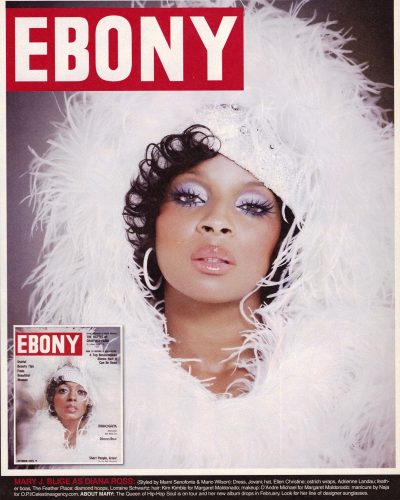
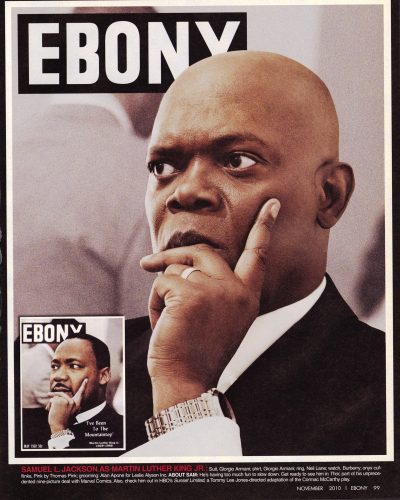
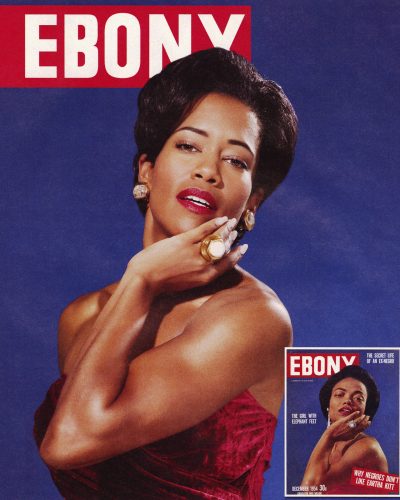
The photographs are the property of Keith Major.
Article for Luxus Plus magazine.